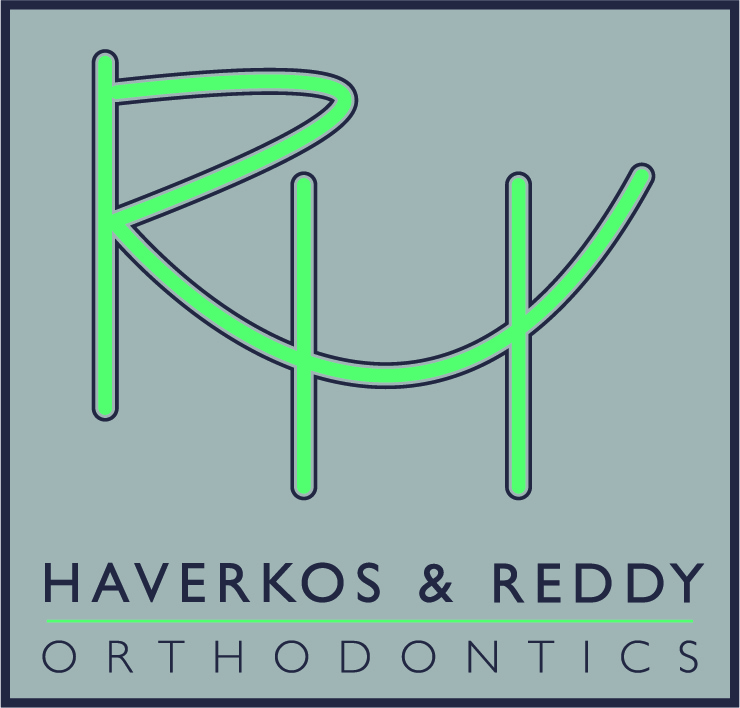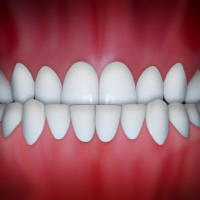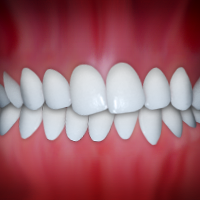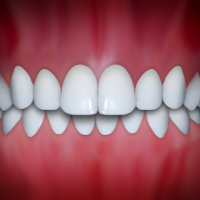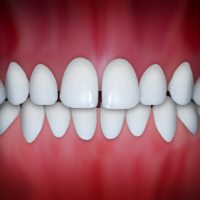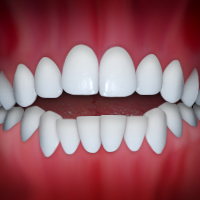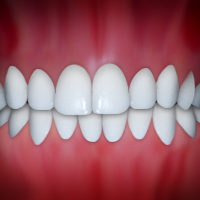Adult Treatment
With more and more options in discreet appliances, orthodontic treatment is becoming more popular for adults. Working to get the perfect smile that you want will bring benefits to many aspects of your life from improved oral health to a boost in self-confidence and professional opportunities.
Healthy teeth can be moved at any age. However, orthodontic treatment for adults is different in two important respects: the jaw is fully developed and periodontal (gum) disease is more prevalent. If any gum disease exists, it must be brought under control before orthodontic treatment can begin.
Types of Orthodontic Appliances
All orthodontic appliances work using the same principles: exerting light, constant force to shift teeth into the desired position. The new appliances tend to be less visible and are designed to blend into the patient’s life seamlessly. Types of orthodontic appliances include:
Traditional Metal Braces — This is the most common type of appliance and the one most people are familiar with. Small metal brackets are bonded to the front of the teeth. A thin wire runs through the brackets and is attached on either end to metal bands that go around a back molar.
Clear Braces — Instead of highly noticeable metal brackets, you can have clear ones made of ceramic, plastic or a combination of both. They are virtually invisible, except for the thin wire running through. However, clear braces are more susceptible to breakage than metal braces.
Clear Aligners — Clear aligners are a removable appliance that consists of a series of clear plastic “trays” that fit over your teeth exactly and work to shift your teeth into the perfect position little by little. The trays are custom-designed with the help of specialized computer software that generates a virtual model of your bite.
Lingual Braces — These discreet metal braces are bonded to the back of your teeth (tongue side). This appliance can be difficult to get used to wearing and is more expensive than traditional braces.
After Treatment
No matter which type of appliance you choose for treatment and what age you happen to be, wearing a retainer will be crucial to maintaining your perfect new smile. Wearing a retainer will allow supporting bone to grow around your teeth’s new position, therefore locking in your new and improved smile.
